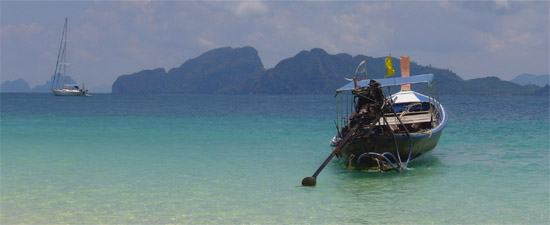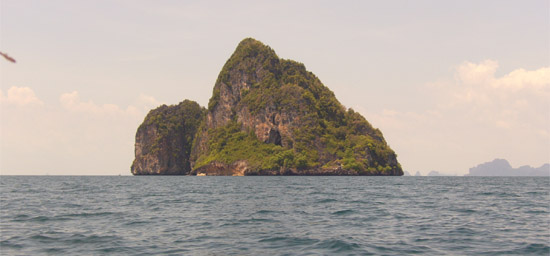Photo by Voralak Suwanvanichkij
From the lonely shores of Changlang Beach on the Thai mainland, the view is of a calm sea dotted with craggy, verdant isles. As the sun sets, the receding tide barely laps the shell-studded sands while locals wade in placid waters, trailing fishing nets.
It’s a wonderfully languid scene, epitomizing the perennial laid-back vibe of this province way down on the western coast of Thailand




